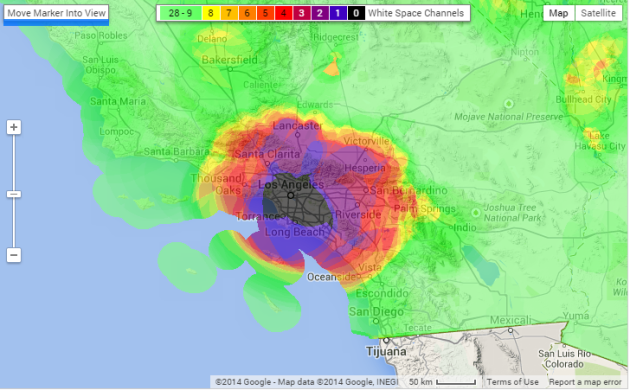 A mix of connectivity technologies combines to enable the Internet of Things. These technologies can be complementary or competitive in nature. Determining which fits and which does not starts with the application use case and the user requirement. For most IoT applications there is no need for broadband connectivity. Rather, what is required is a reliable connectivity to transmit intermittent data cost effectively. This includes low maintenance and serviceability and low power consumption. To address such applications, new standards are emerging for low power wide area (LPWA) connectivity with operations in unlicensed bands such as 900 MHz or TV whitespaces. But that leaves connectivity subject to external interference that cannot be managed. Hence, should there be a dedicated spectrum for IoT applications?
A mix of connectivity technologies combines to enable the Internet of Things. These technologies can be complementary or competitive in nature. Determining which fits and which does not starts with the application use case and the user requirement. For most IoT applications there is no need for broadband connectivity. Rather, what is required is a reliable connectivity to transmit intermittent data cost effectively. This includes low maintenance and serviceability and low power consumption. To address such applications, new standards are emerging for low power wide area (LPWA) connectivity with operations in unlicensed bands such as 900 MHz or TV whitespaces. But that leaves connectivity subject to external interference that cannot be managed. Hence, should there be a dedicated spectrum for IoT applications?
The advantage of mobile networks lie in two factors: ubiquitous coverage (long range and high power), and large number of subscribers with smartphones, thus allowing access and connectivity from anywhere. But the focus of wireless networks in on achieving higher throughput and capacity by using more spectrum and sophisticated technologies to extract the maximum capacity from the wireless channel. Hence, LTE features up to 20 MHz channels with carrier aggregation capabilities for up to 100 MHz. MIMO order of two is common today with order 4 in some products and order 8 in the standards. Every MIMO order implies a transceiver chain, cost and complexity. Moreover, the medium access control layer is designed to cater for consumer-type data application (browsing, video, email, chat, etc.) and not sensor-type applications where the communicated data is small and the amount of signaling required to establish an active channel becomes high in proportion. High power consumption, short battery life, high signaling load, and high cost are some of the byproducts that make IoT proliferation on mobile networks more relevant to consumer-type applications while many industrial applications are left outside its scope. True that new extensions to LTE for M2M applications are underway with a new profile for a single antenna UE, range extension, lower power consumption and other features that better address the requirements of M2M applications, but these would not be sufficient for many applications.
To fill the gap, new standards advanced by players like Sigfox, Neul, On-Ramp, and Semtech are advanced to cater for the low-power long-range M2M applications. These standards are based on unlicensed bands, mainly in the sub 1 GHz such as the 900 MHz band, or TV whitespaces. Different interference hardening capabilities are implemented such as wide-band spread spectrum or narrow bandwidth with frequency hopping capabilities. Yet, in such bands, there are no guarantees and performance is statistical with a certain margin of performance degradation due to the inevitability of interference. Moreover, when it comes to TV white spaces, availability of spectrum is limited in the densest of urban areas, not to mention potential regulatory changes. The question becomes, should a licensed spectrum be provided for IoT applications to increase the confidence level in performance?

